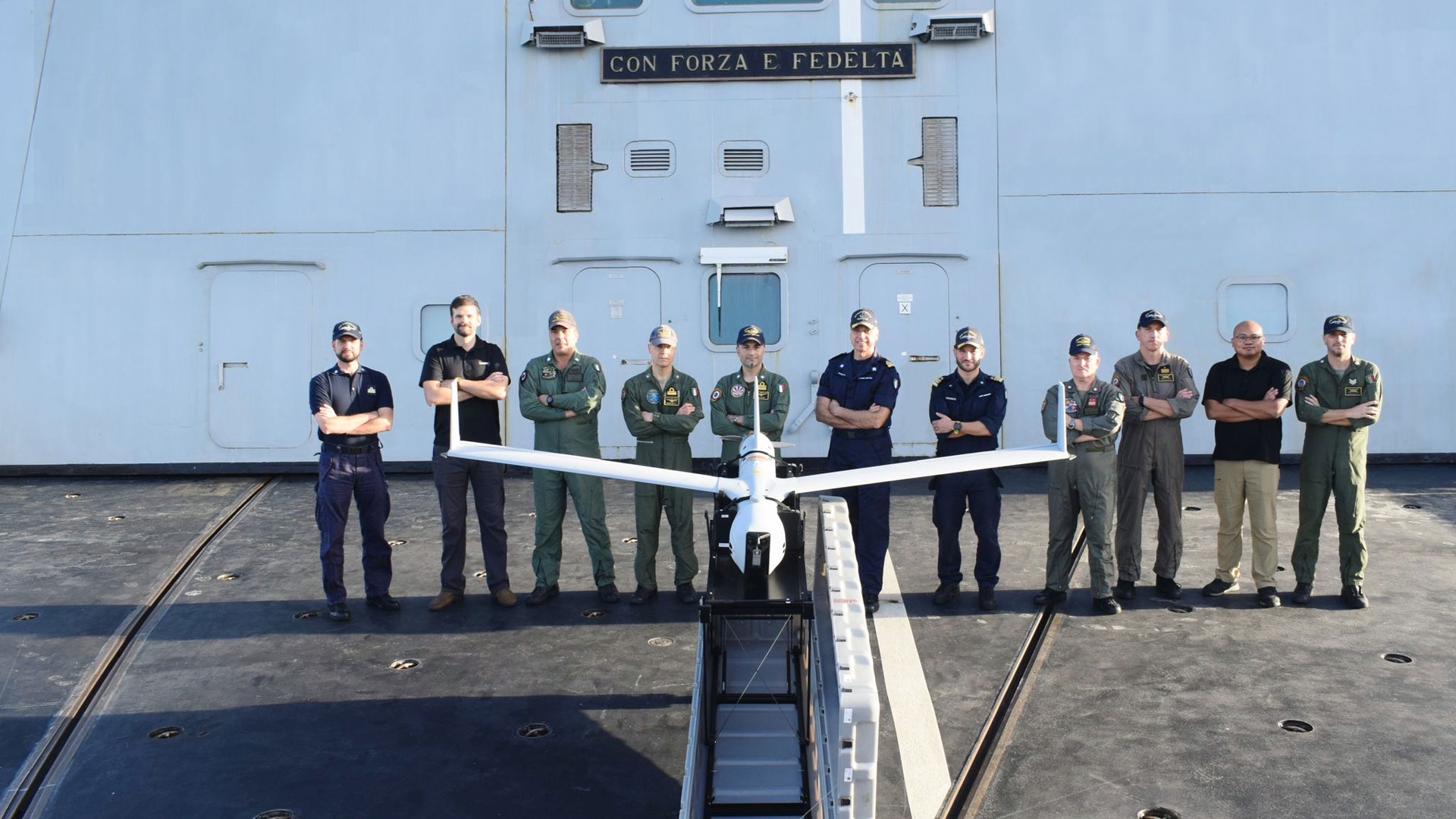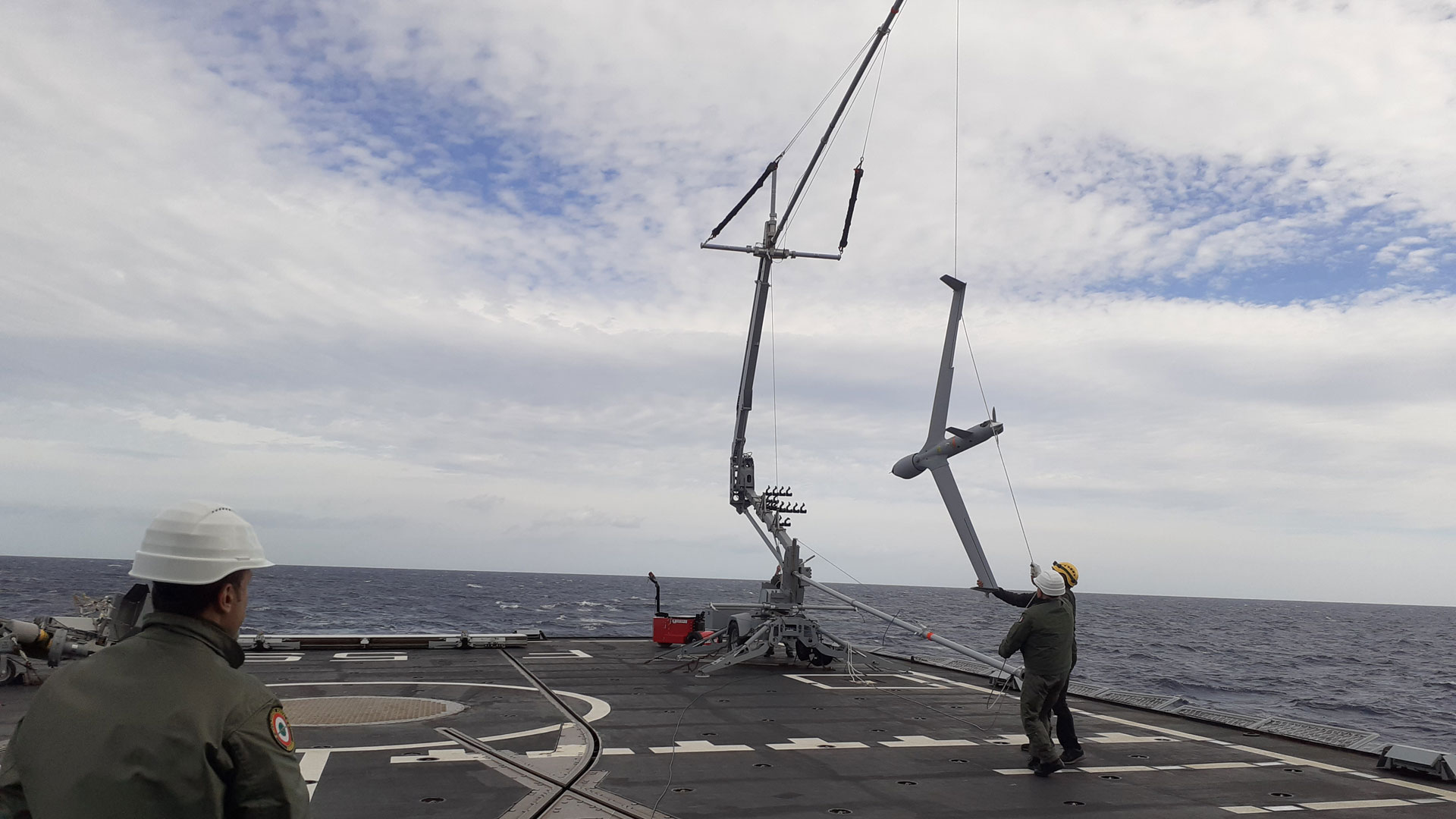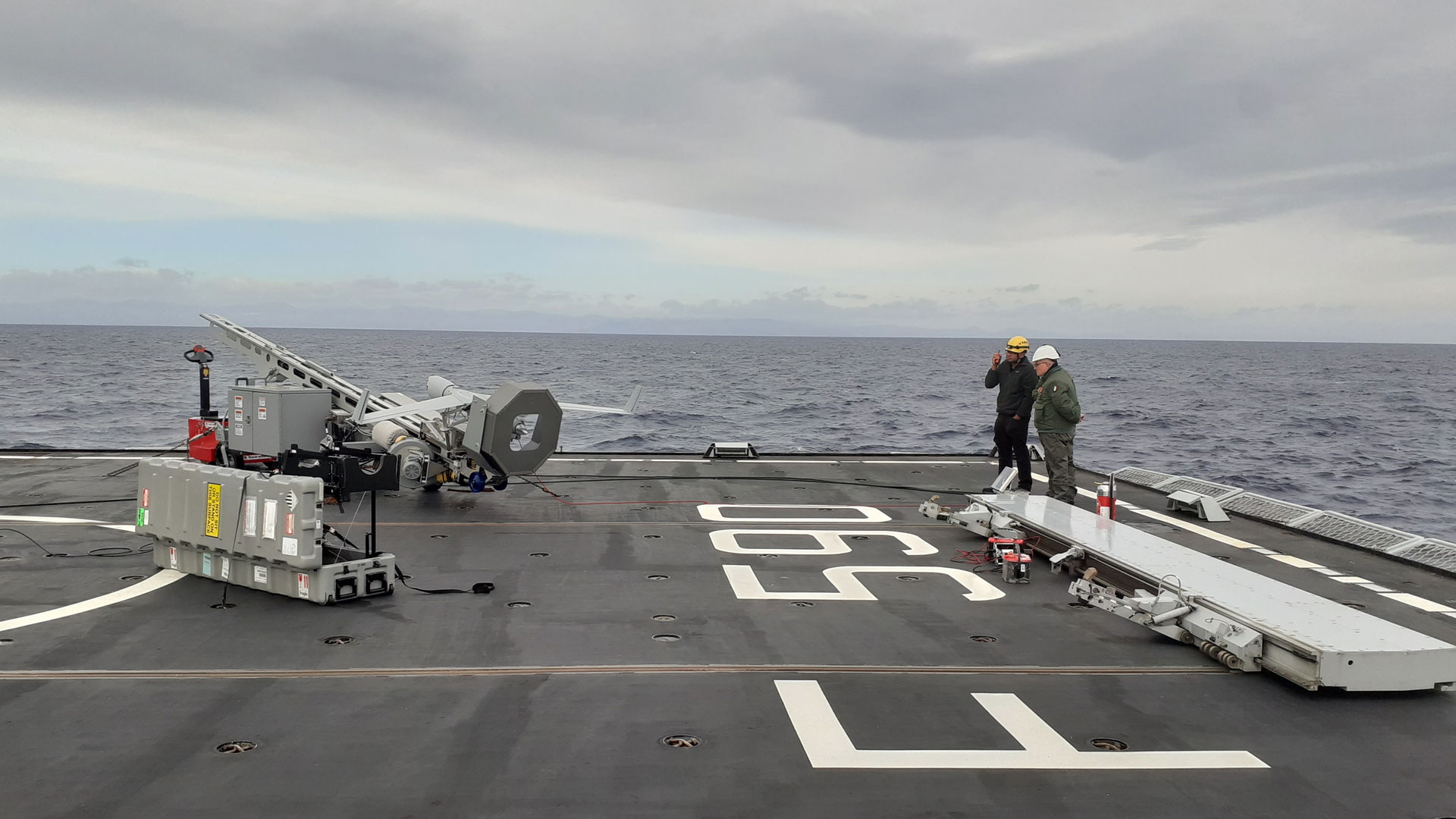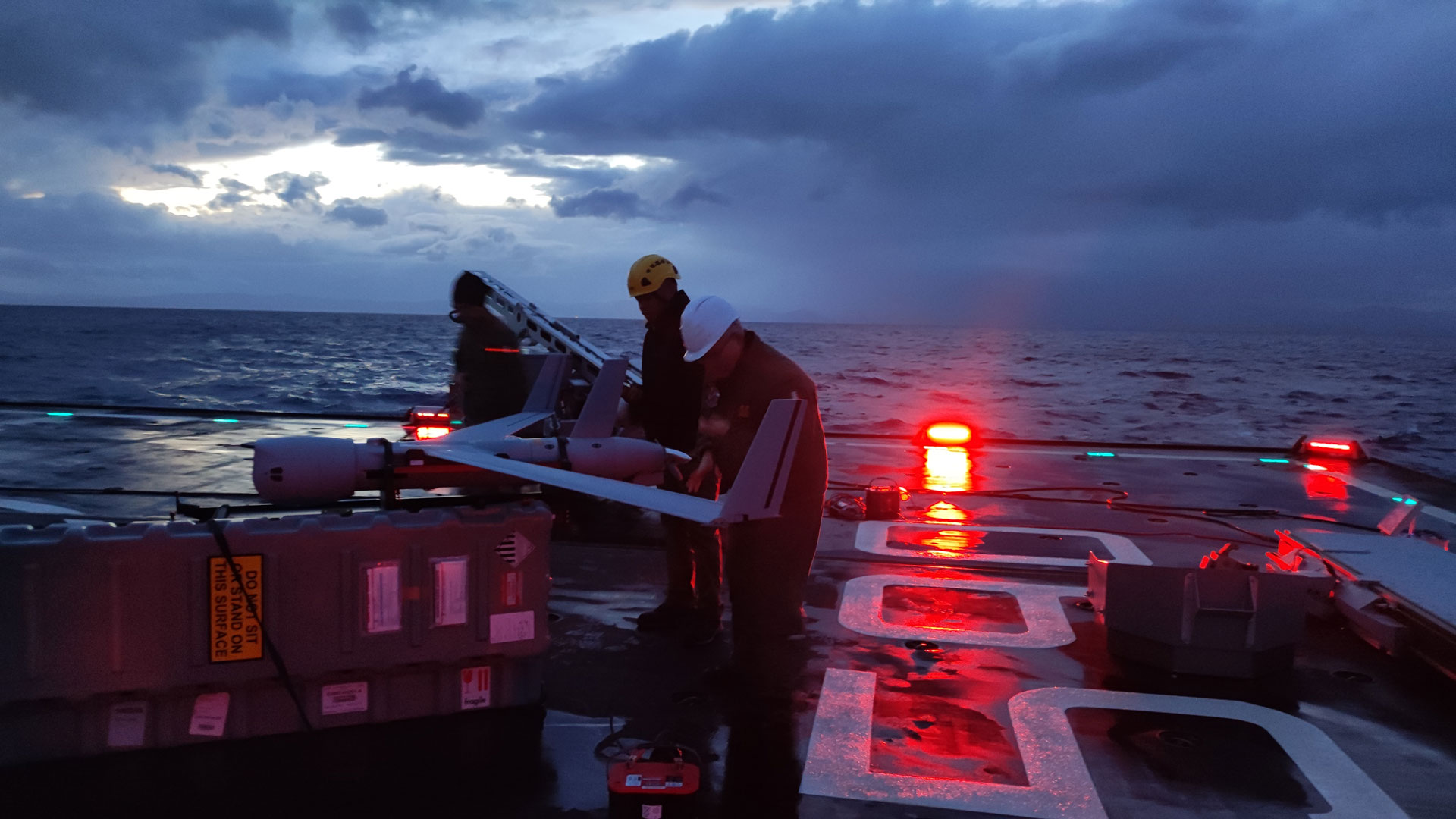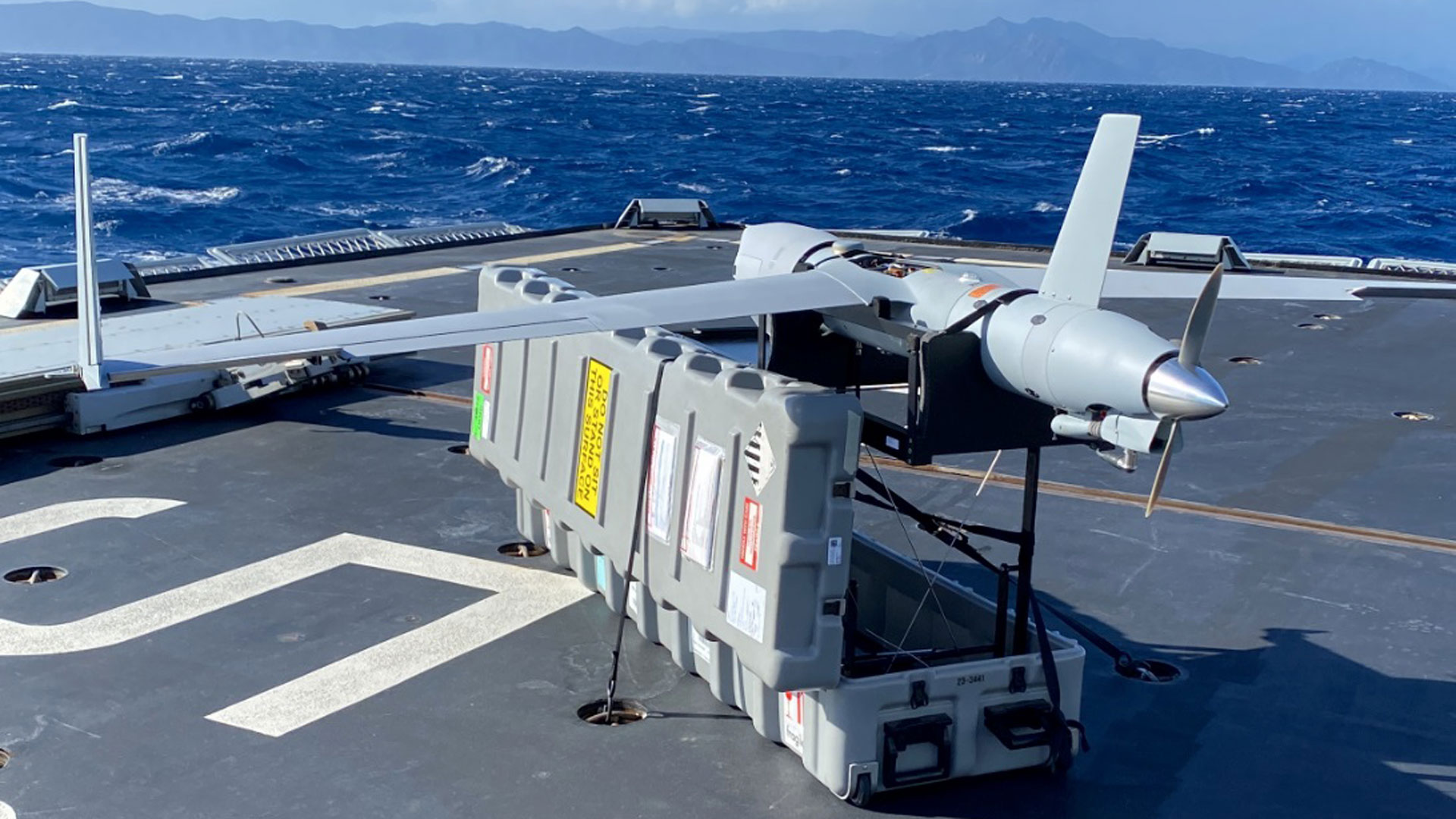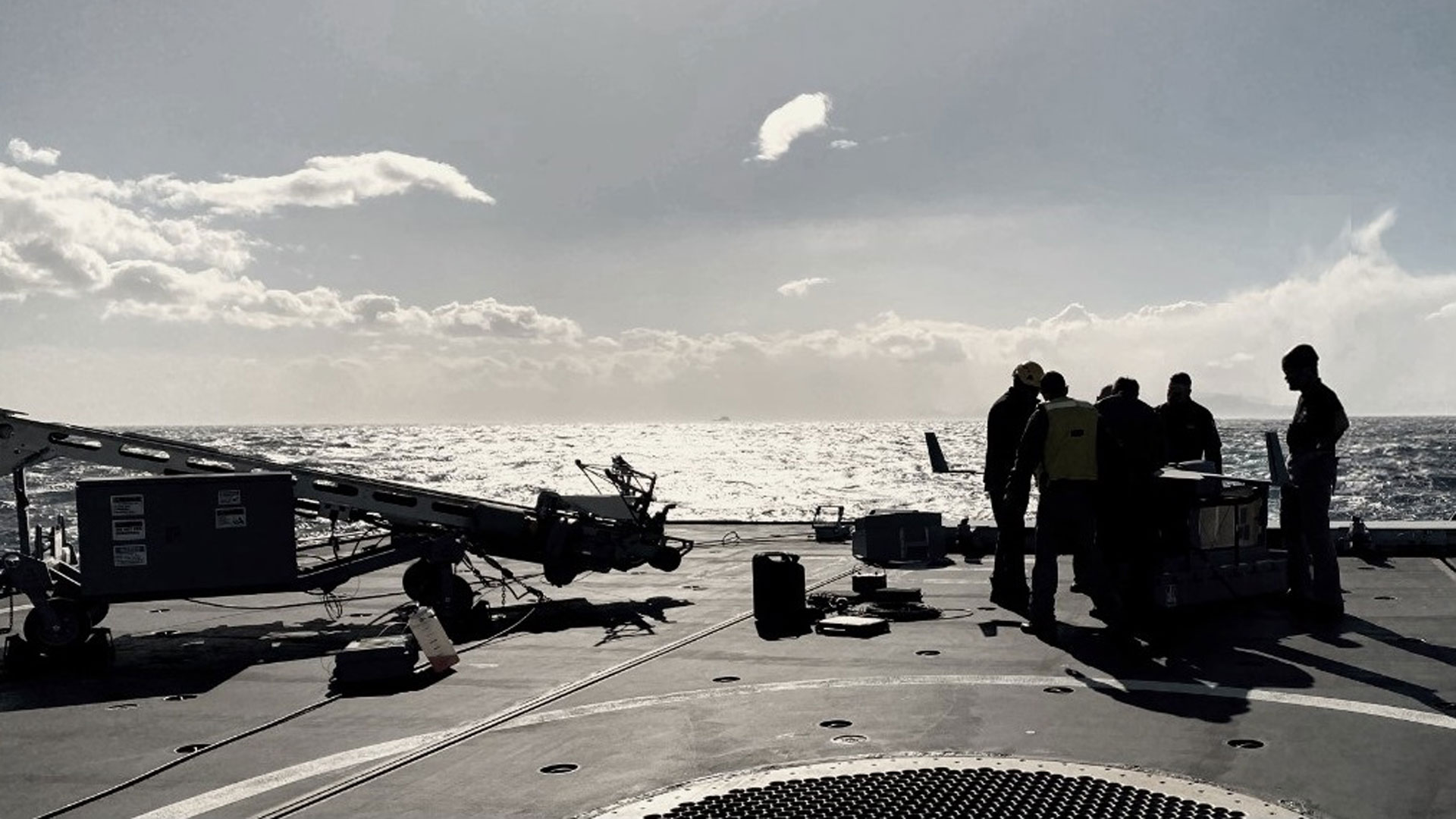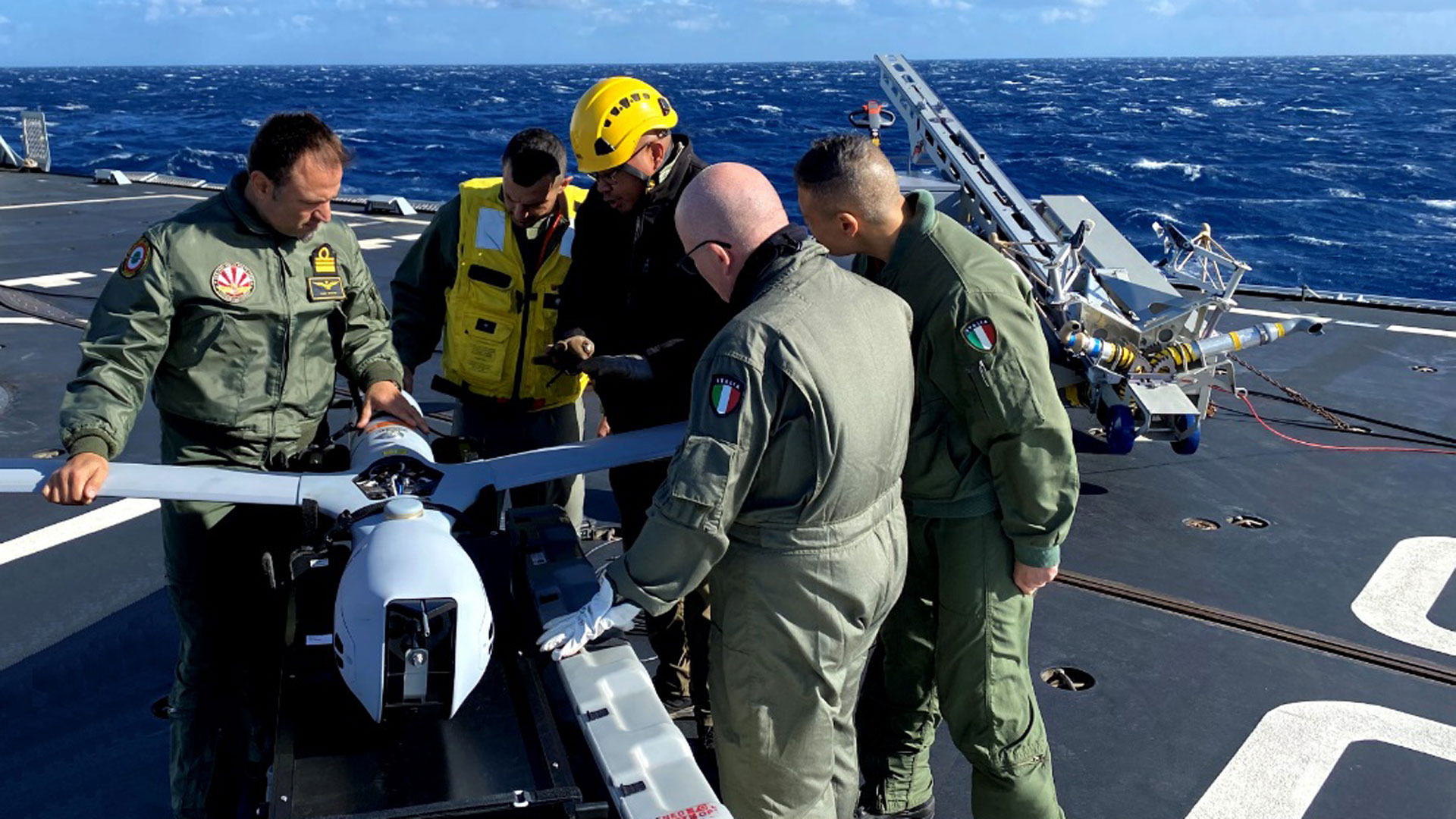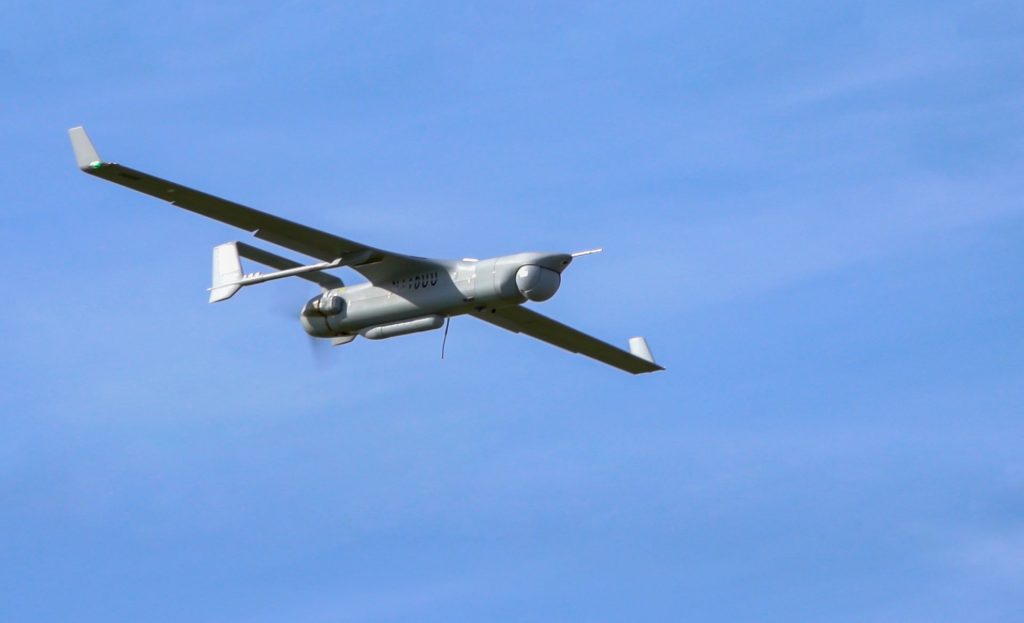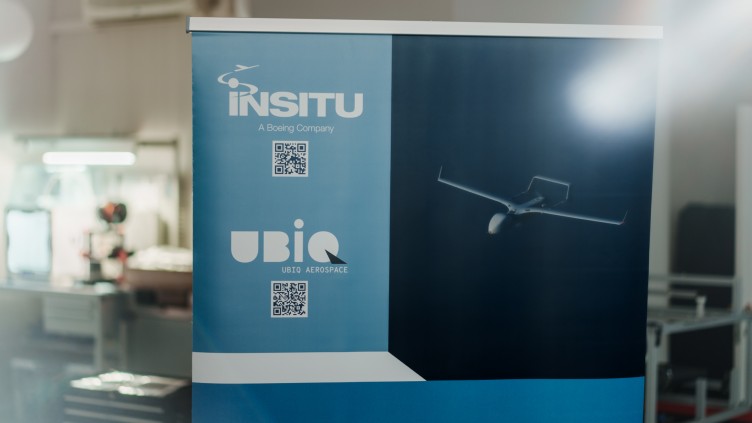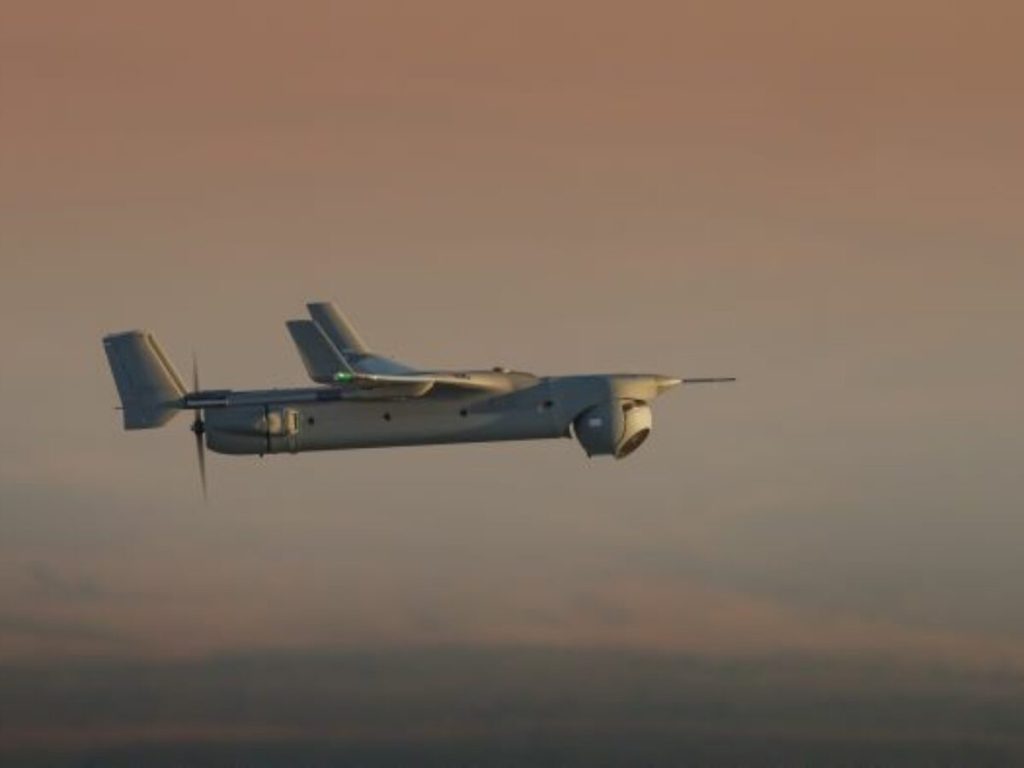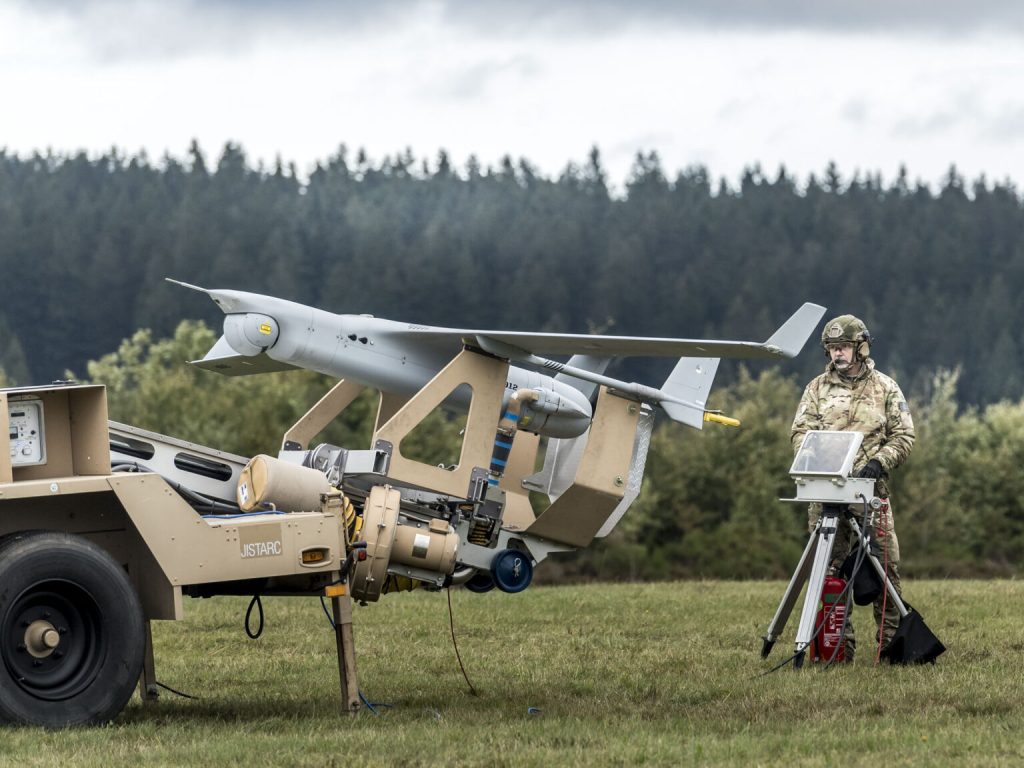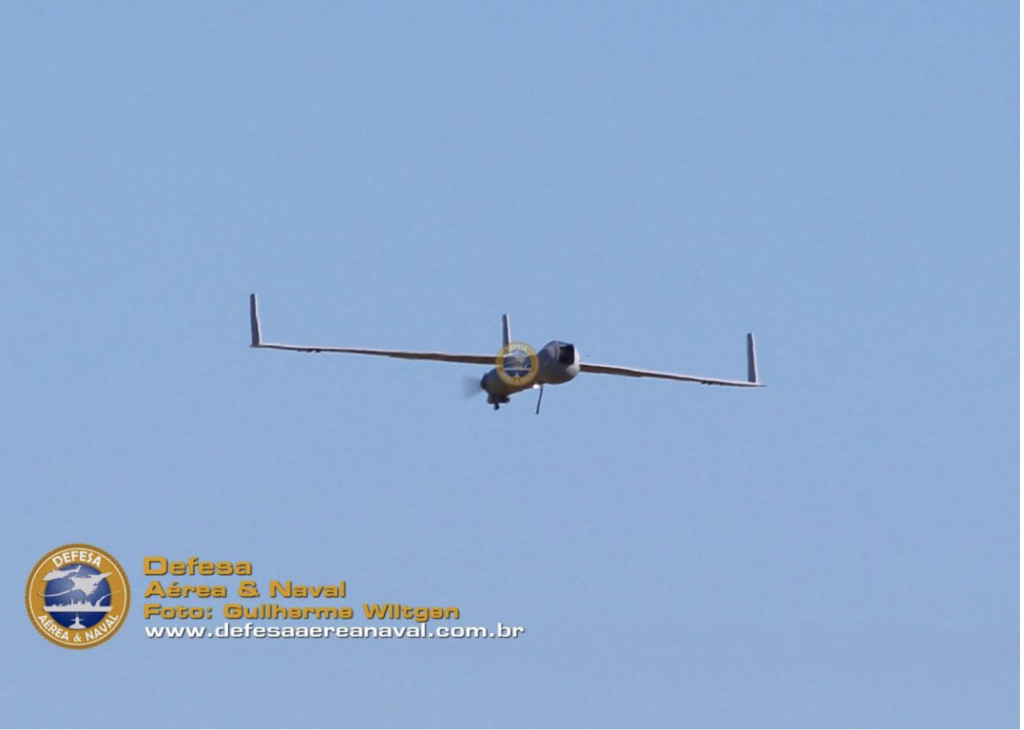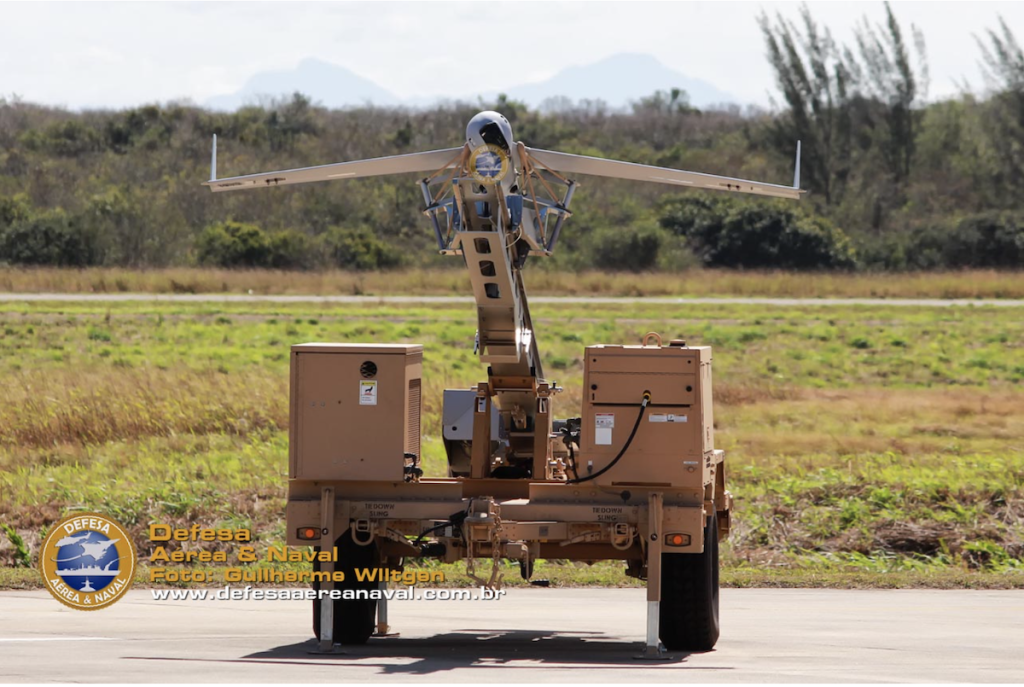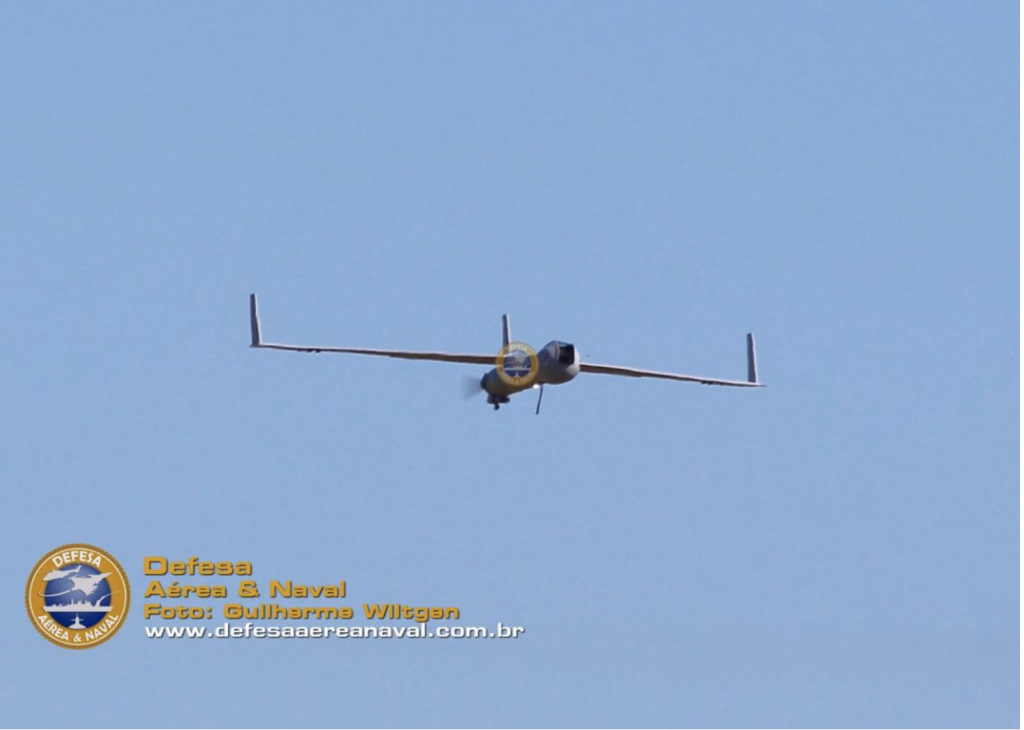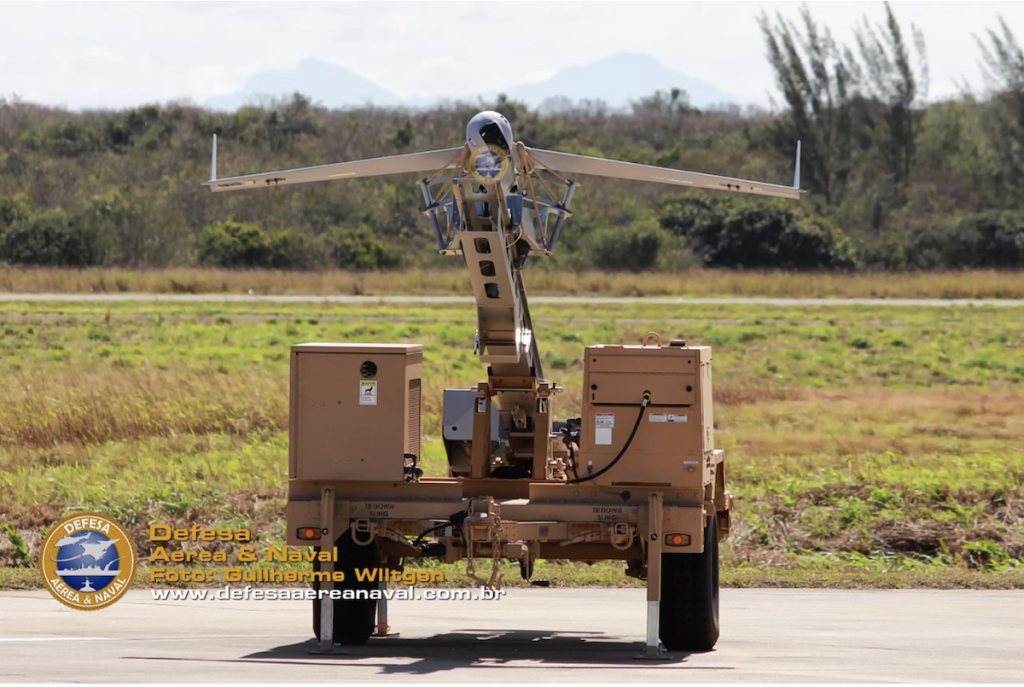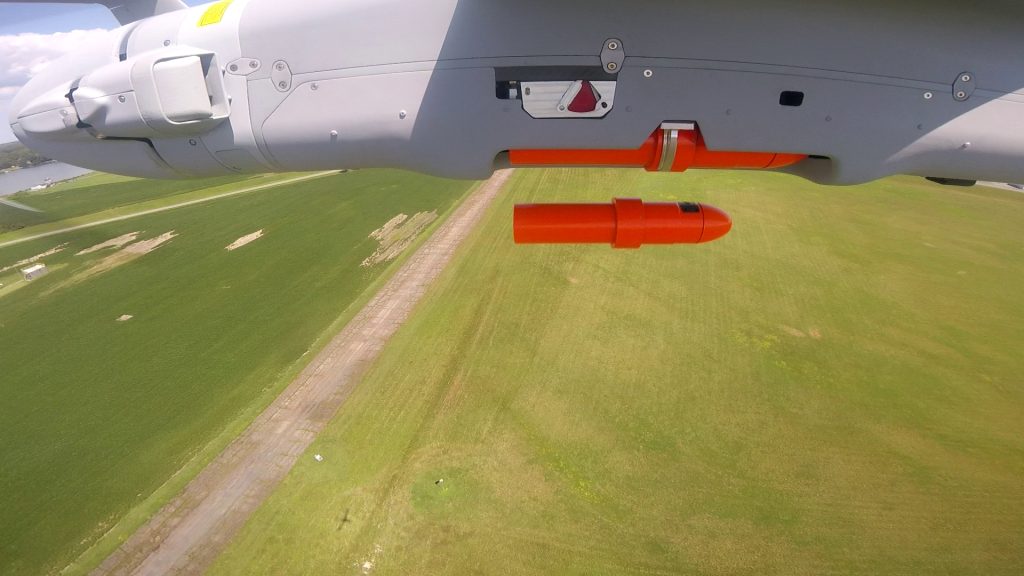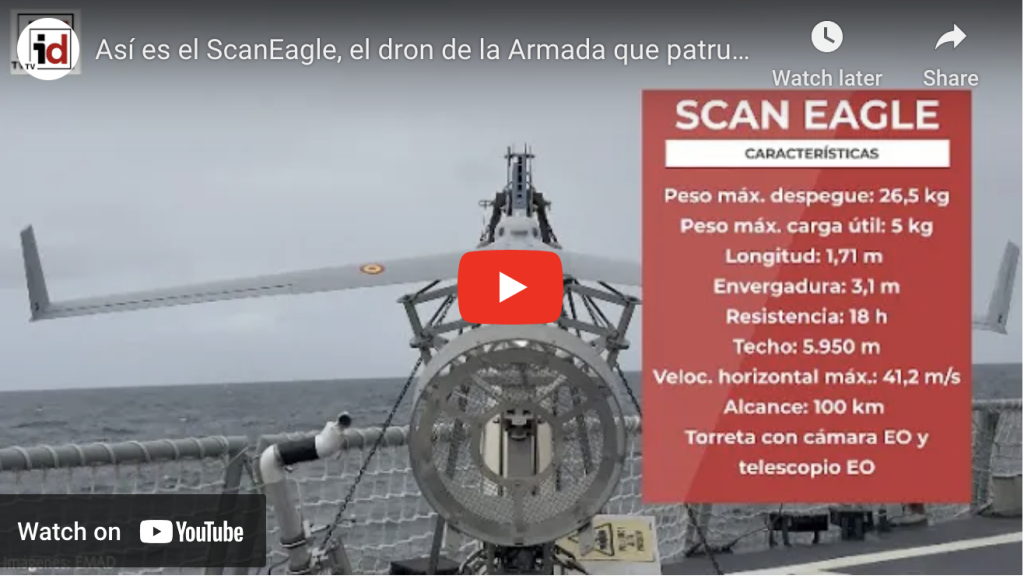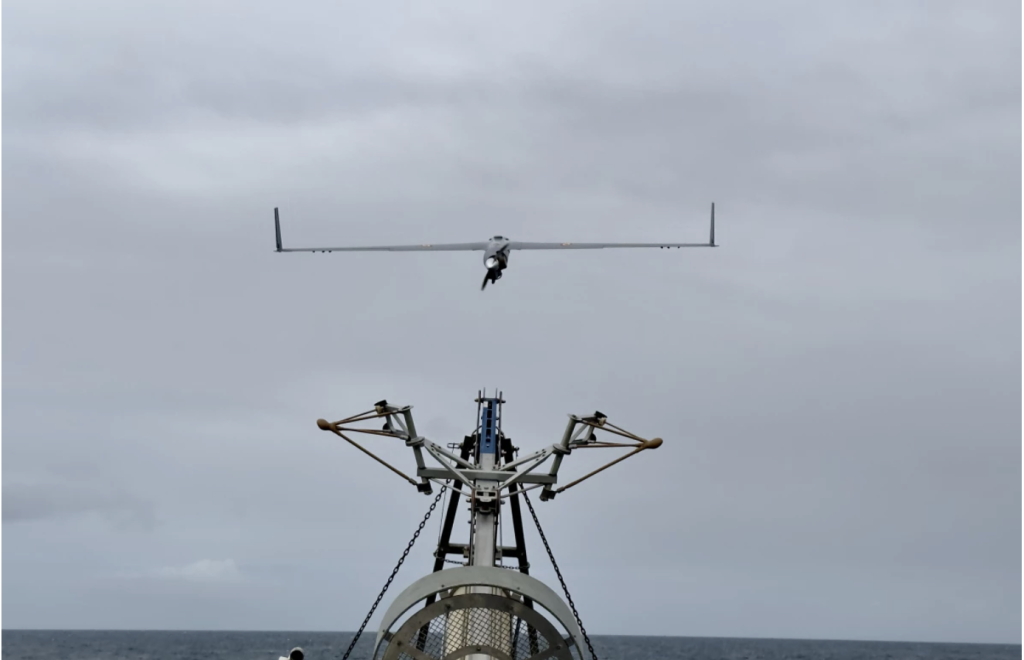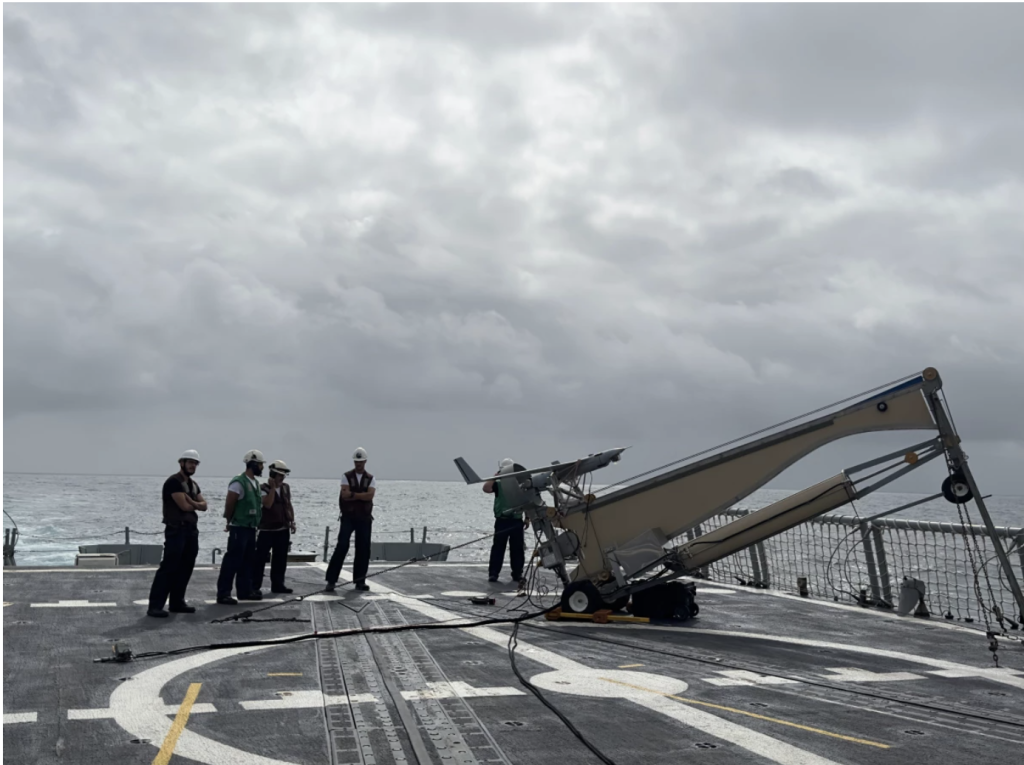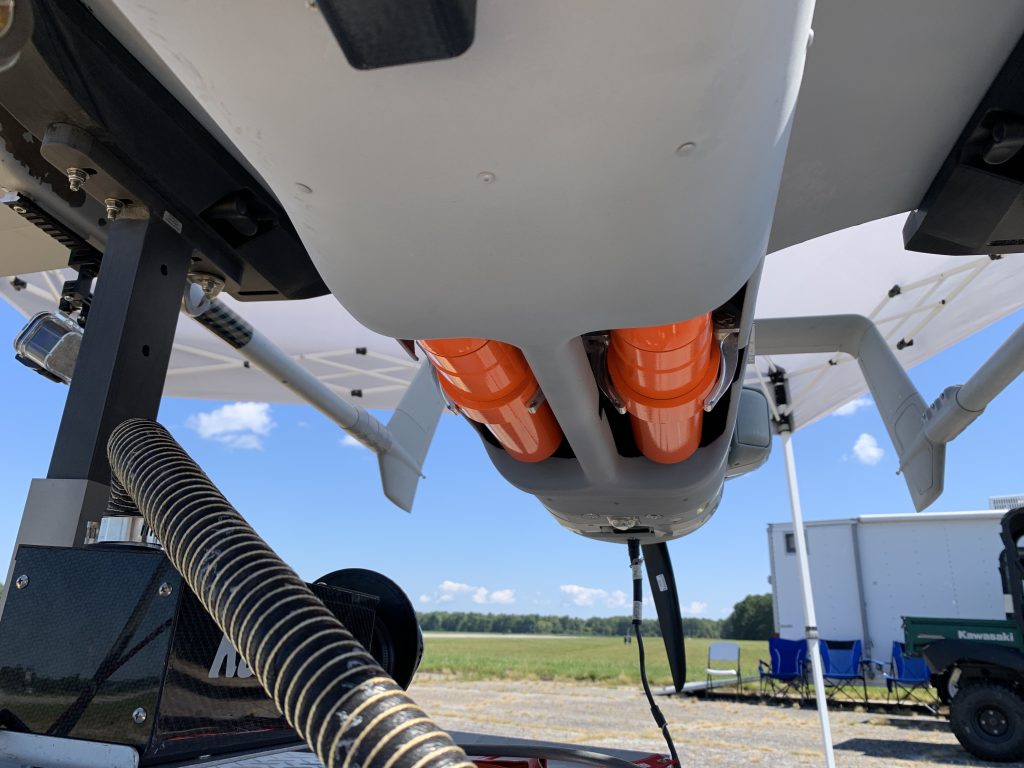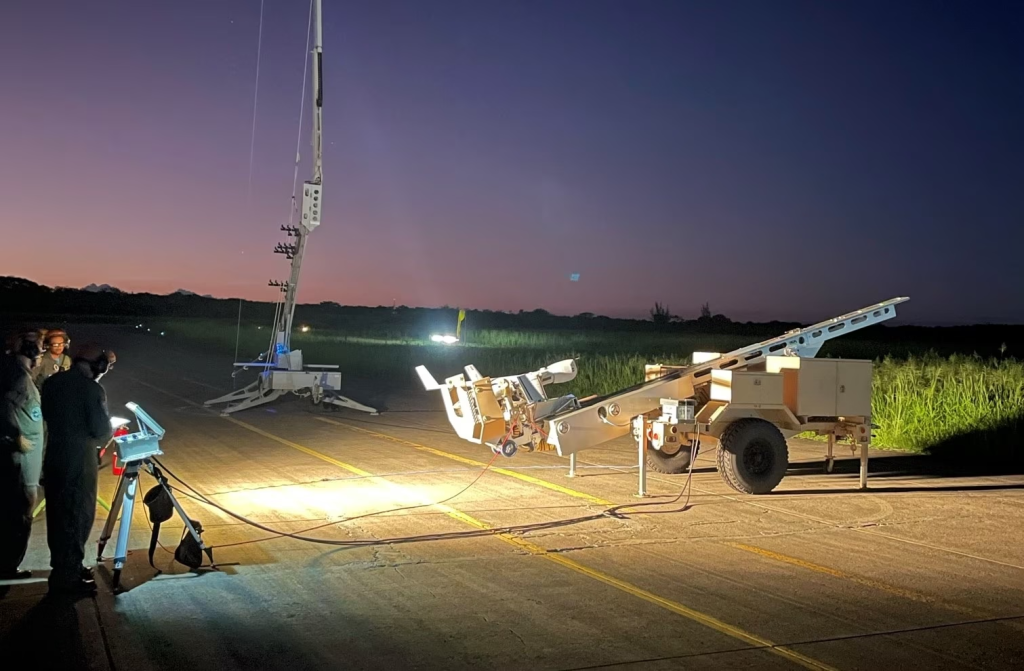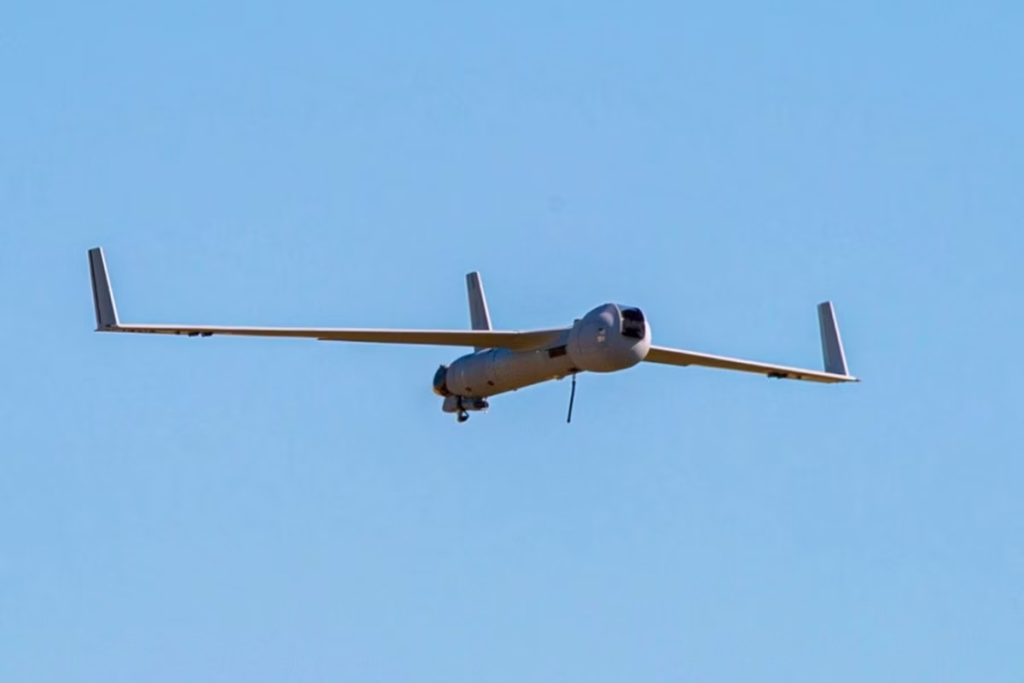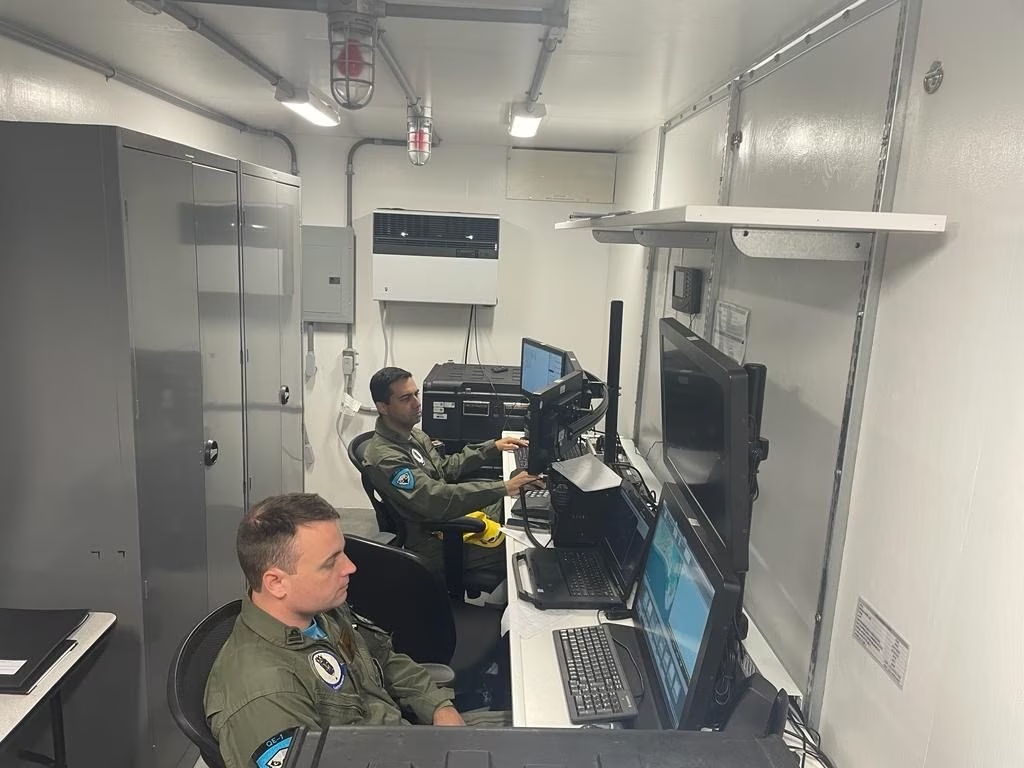The Scaneagle project takes off from the flight deck of the Bergamini ship
November 13, 2023 (Translated via Google Translate – Original article in Italian here)
The month of November 2023 saw the completion of the first flight of a remotely piloted aircraft carried out on board a Navy unit (APRM ScanEagle ). Nave Carlo Bergamini, the class leader of the FREMM units, accepted this new challenge, supporting months of work and preparation at the Mar Grande Naval Base in Taranto, aimed at materializing this ambitious Armed Forces project.
On 31 October 2023, as part of the NATO exercise Dynamic Mariner/Mare Aperto 2-23 , the first Remotely Piloted Aircraft Section of the Navy (SEZAPRM), led by frigate captain Fabio Mariani – current COMFORAER UAV Department Head – is embarked on Nave Bergamini, to finalize the preparations for the first historic take-off.
An excellent synergy and sharing of intent between the specialists of the innovative Department and the on-board Command characterized the intense days of preparation and planning which led to the first “green light at the bridge”, a signal through which, on 3 November , Commander Mariani carried out the first day and night sortie with a total flight duration of approximately two hours.
This baptism in the air constitutes a milestone in a journey that began in 2017 when, with the aim of equipping the Naval Squadron Units with advanced technology that could be used to ensure ever greater Maritime Situation Awareness, the ScanEagle project took shape .
Similarly to all the technical and design challenges faced for the installation of this new structure on board a naval unit, the Navy’s specialized APRM crews attended a complex flight course in the United States lasting approximately three months, obtaining the qualification theoretical-practical Ground Ops at the training section of the INSITU company, characterized by theoretical and simulated activities, and carrying out training flights at the Pendleton airport (USA), followed by a phase of theoretical MARITIME training at the simulators located in locality of Bingen (WA). At the end of the training course, the pilots had to carry out two flight sorties on board the UU.NN. on which the system was installed, sealing the path undertaken. This is the case of Lieutenant Commander Lorenzo Bellotta, who, last November 4, became the first MARITIME pilot qualified in the Armed Forces.
In the continuous evolution of international scenarios, the use of this innovative system on leading units such as the FREMM represents an extremely flexible and effective tool, aimed at guaranteeing ever greater integration of the capabilities and versatility of the assets.
Related news
Insitu experimenting with armed Integrator UAVs
September 11, 2023Read More
Recent News
Insitu Announces AI-Powered, Wide-Area Maritime Search Capability for Integrator UAS in Collaboration with Overwatch Imaging
Insitu, A Boeing Company, announced the launch of a new AI-powered, wide-area search payload for Integrator…
Read More »UBIQ Aerospace and Boeing Insitu Establish Visionary Partnership to Redefine Cold Climate Aircraft Technology
UBIQ Aerospace, a pioneering leader in cold weather and ice protection technologies, is excited to announce a groundbreaking collaboration with Boeing/Insitu, a renowned uncrewed aircraft systems (UAS) provider within The Boeing Company.
Read More »Insitu and Innovaero to develop unmanned aerial attack systems
Drone manufacturer Insitu Pacific (IPL) and aeronautical manufacturer Innovaero are to collaborate in the development of a long-range strike capability using uncrewed aircraft systems (UAS).
Read More »